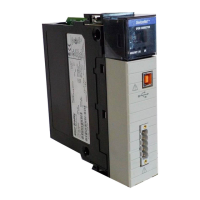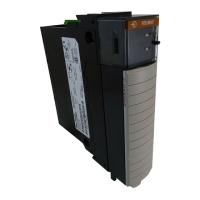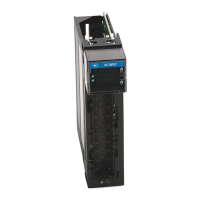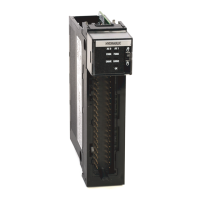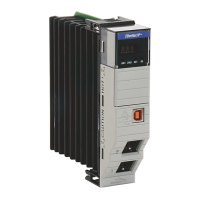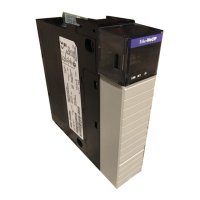Publication 1756-UM514B-EN-P - February 2003
2-14 Using the Data Highway Plus Network
Configuration Information
in DH+ Messaging
When you are using DH+ messaging, you must use either the default
configuration or write specific configuration for your application.
The following configuration information is stored in the non-volatile
(NVS) memory on your 1756-DHRIO module when you apply
configuration using RSLogix 5000:
· Any routing table that may be needed to send DH+ messages
through the module. - This information must be applied to the
module’s configuration separately from other information. Use
RSLinx to apply the routing table. For more information on
routing tables, see
Creating the Routing Table on page 3-5.
· Controller slot for each DH+ channel - This information must be
applied to the module’s configuration separately from other
information. For more information on
Setting the Controller Slot
· Slot number of the module
· Chassis serial number
Generating Configuration Faults
When you insert a 1756-DHRIO module in a ControlLogix chassis, the
configuration information stored in the module’s NVS memory is
compared to the slot and serial number of the chassis it is entering. If
any information does not match, the 1756-DHRIO module generates a
configuration fault.
For a complete listing of the configuration faults that may be displayed
on your 1756-DHRIO module, see
Chapter 12, Troubleshooting the
1756-DHRIO Module.
IMPORTANT
If you restore defaults with RSLogix 5000, the slot
number and chassis serial number are stored in the
1756-DHRIO module’s non-volatile memory but no
routing table is used and the controller slot for both
DH+ channels is set to 0.
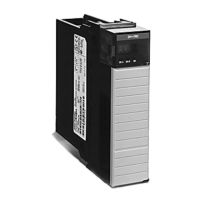
